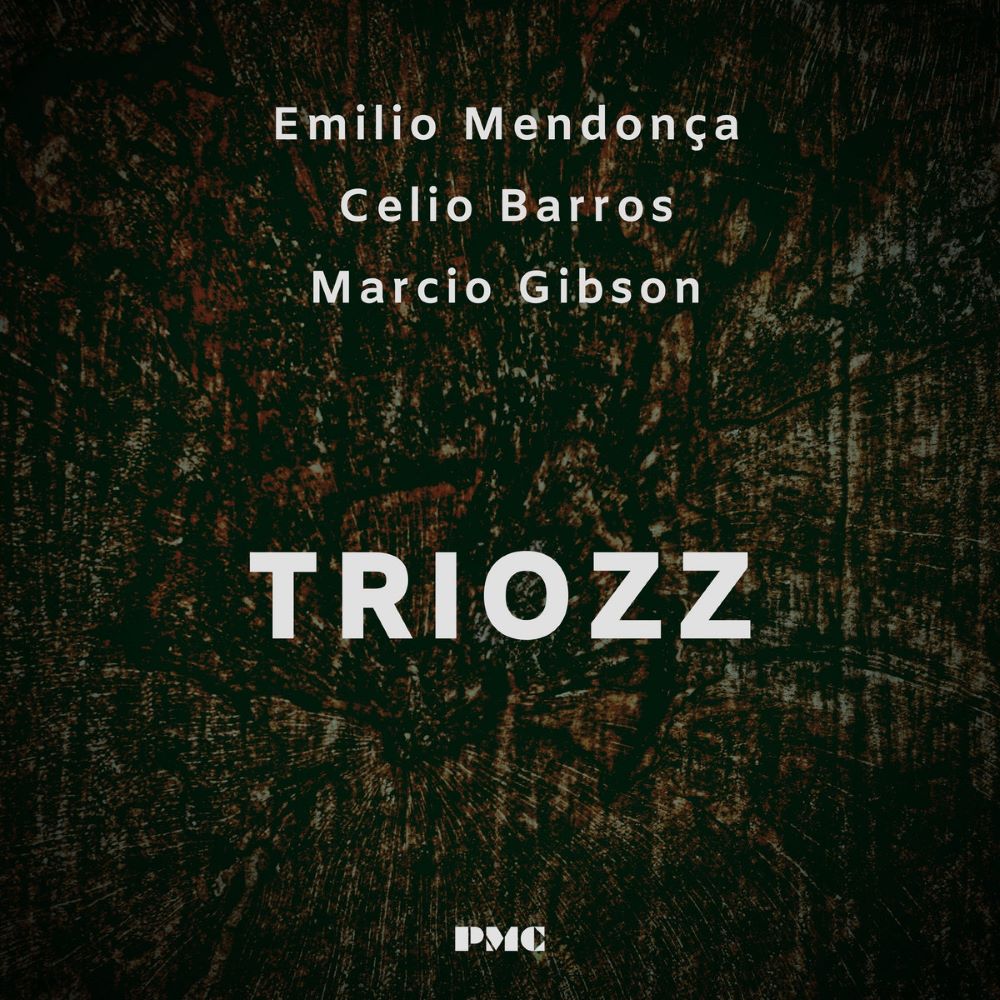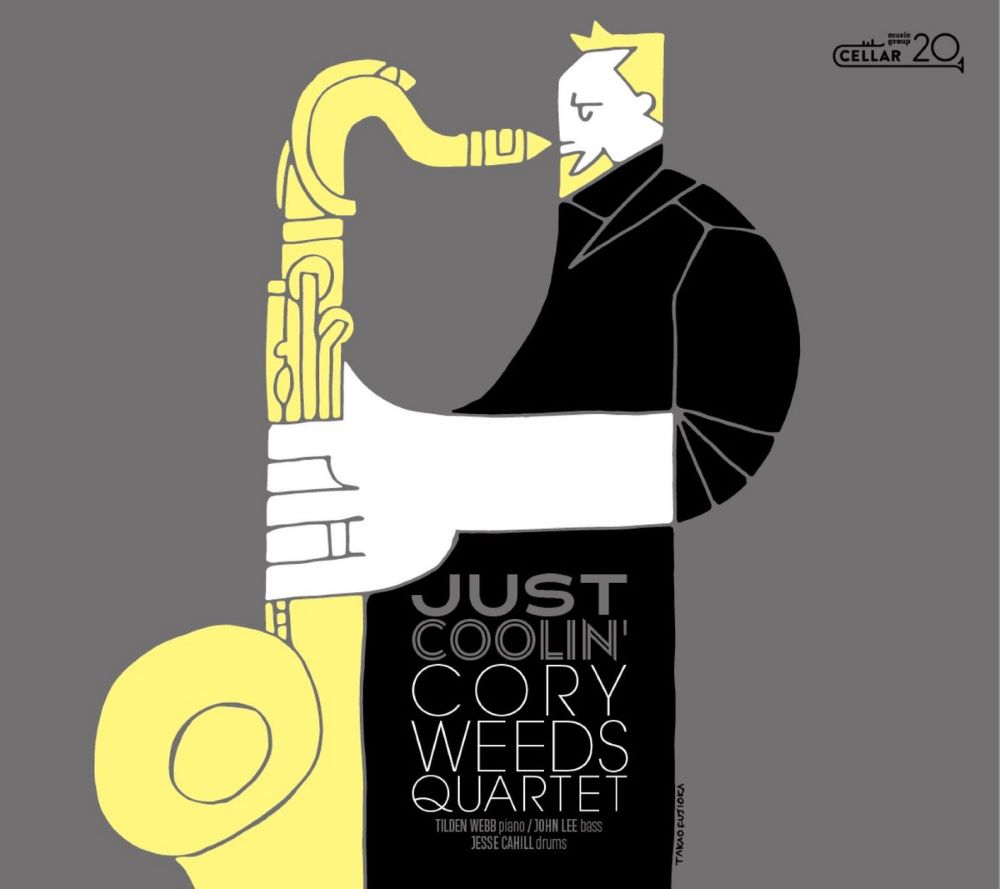“Critics’ Picks – Top 5 Recording of the year.” – JazzTimes, Chuck Berg and Bret Primack
Arkadia Records recording artist, jazz soprano sax virtuoso Dave Liebman, together with his group and the great Brazilian percussionist Café, breaks new ground in this inspired album, entitled “David Liebman: New Vista”. Mixing Brazilian rhythms with penetrating ballads such as “Estaté”, “Beauty and the Beast”, and “Zingaro (Portrait in Black and White)”, this recording is, in the innovative Liebman’s words, his “most upbeat release to date.”
“His effervescent “New Vista”… reflecting the music of Brazil, Liebman sounds unusually comfortable and relaxed, as his fluid, cleanly articulated soprano lines dart, weave and flutter through the shifting grooves… Liebman displays a marvelous lyrical facility, bringing a beautiful, somewhat breathy tone to the seductive rhythms and intoxicating melodies. He adds tremendous warmth and feeling to these tunes… It’s hard to recall a Liebman project as buoyant and immediately appealing as New Vista.” – Downbeat, Jon Andrews
David Liebman’s New Vista is an extraordinary adventure. That, though, is what we have come to expect from Liebman, one of contemporary music’s true innovators. Although having just passed the half century mark, Lieb is playing with an intensity pulsing with youthful energies.

“At the same time, his playing possesses a Solomon-like wisdom. On one level, there’s a brilliant reconfiguring of the past, of Dave’s own considerable legacy, as well as those of Miles (Davis) and Trane (John Coltrane). And yet the music springs from the immediacy of the moment. So while imbued with the spirits of the giants, Dave’s impassioned quests once again push past the present and into the future.
In the aptly titled “New Vista”, arguably Dave’s most assessable project to date, the inspiration comes in large part from Brazil. This, though, is not the Bossa Nova of your father – or mother. Indeed, it’s an electro-Amazonian voyage into an exotic and rhythmically charged neo-musical hyperspace, a magical realm in which myth and dream dance with joyous abandon.
I have no doubt that New Vista will stand as a landmark in Liebman’s already distinguished career. Its appeals are many. Its impact is immediate. Indeed, it’s serious and joyous fun at the summit by one of our great contemporary artists, saxophone extrodinaire, Dave Liebman.” – Dr. Chuck Berg
“Liebman has evolved a persuasively personal voice and a spare approach that not only focuses on the choice notes but the choice timbre to set them off.” – Gary Giddins, The Village Voice
Most well known as a key member of the seminal Miles Davis Quintet in the 1970s, Dave Liebman, along with notable musicians Phil Markowitz, Tony Marino, Jamey Haddad, Vic Juris, and Brazilian percussion master Café, creates this thrilling CD, “David Liebman: New Vista” that fuses Jazz with Brazilian influences; culminating in an exhilarating recording of Dave Liebman’s individual musical vision.
1. New Vista 06:47
2. Estaté 05:18
3. Real Dreams 07:06
4. So Far, So Close 05:23
5. Christmas Socks 06:03
6. Beauty and the Beast 05:29
7. Jungle Glide 07:00
8. Zingaro (Portrait in Black and White) 05:52
9. The Gross Man 05:58
David Liebman: Soprano sax and tenor sax
Vic Juris: Guitar
Phil Markowitz: Piano and synth
Tony Marino: Bass
Jamey Haddad: Drums and percussion
Café: Percussion
Produced by: Bob Karcy































